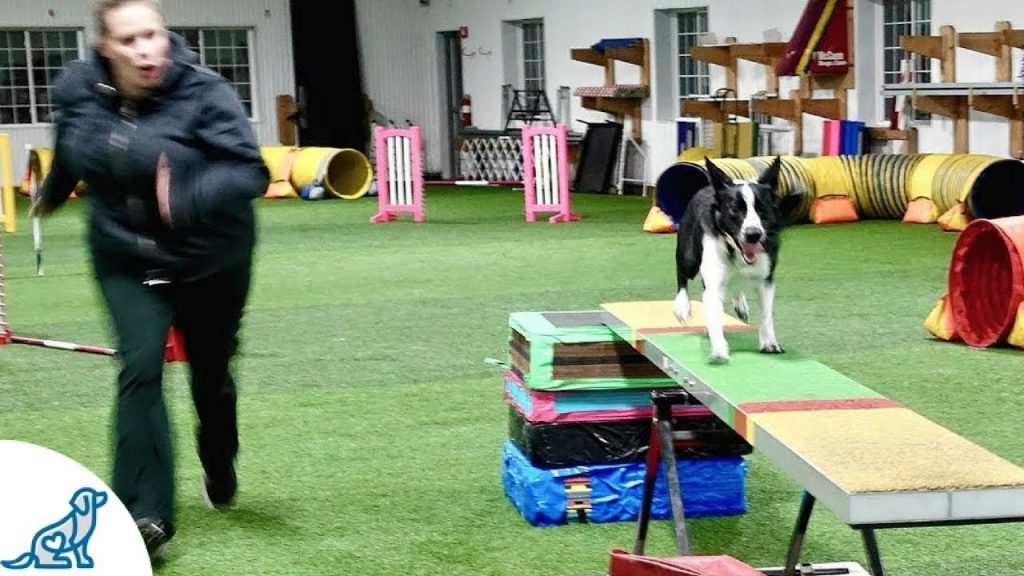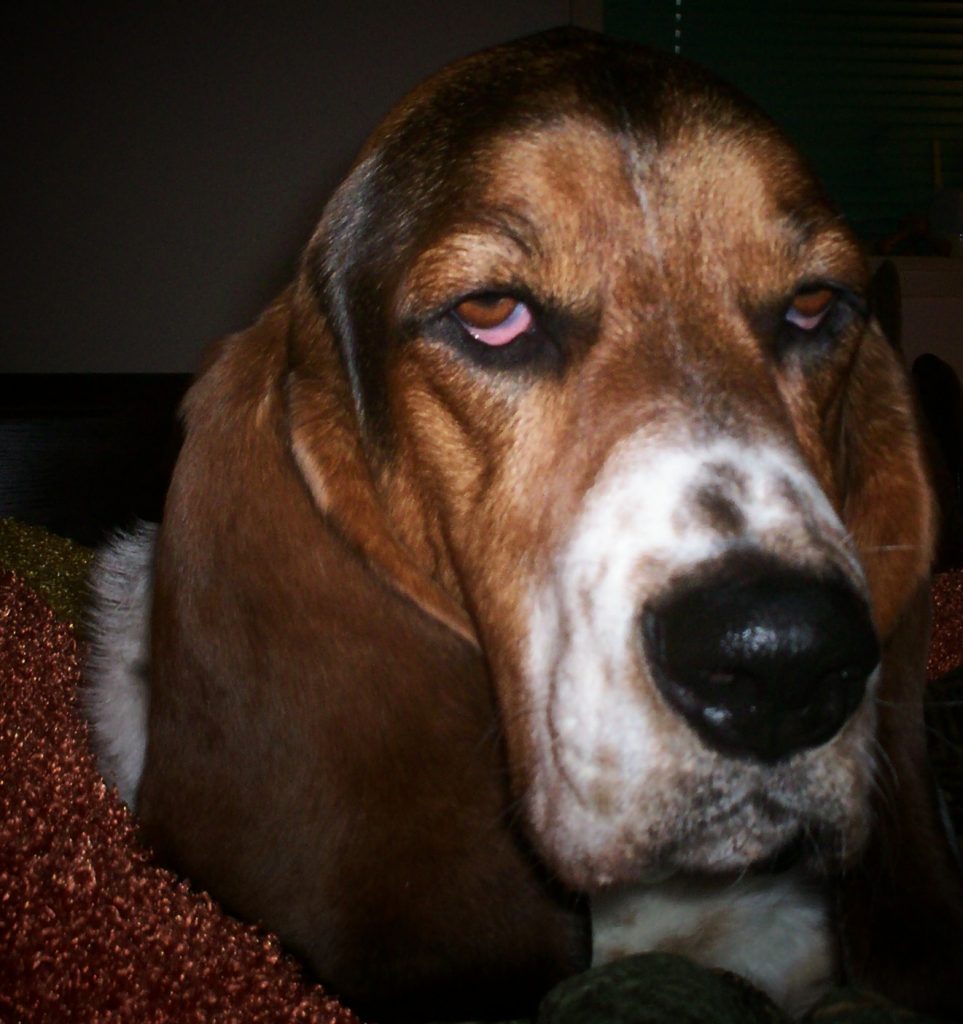Agility training is a popular sport where you direct your dog off-leash using only voice and body language commands around an obstacle course. Obstacles include A-frames, horizontal bar jumps, see-saws, elevated dog walks, tunnels, tires, and hurdles, weave poles, pause tables, and more. Many dog owners train their dogs in agility purely for fun, with no intention of competing. Dog agility provides a challenge and excitement, physical conditioning, and increases the bond between your dog and you. Dog agility starter kits provide all the equipment you need to begin an agility training program.
In competition, you or a handler run beside your dog and direct him through an obstacle course, with precision and speed, within a set period of time. Missed obstacles and going over the maximum time allotted are faults.
In agility competition, there are several winners, because dogs are grouped into similar size and experience. You will see all shapes and sizes of dogs doing agility. In agility classes and trials tiny dogs have lowered jumps, a lower table, and will be competing against other dogs his size. All agility organizations divide dogs into smaller groups in size and experience.
Dogs are measured in height at the top of their withers (shoulders) and divided into height groups. Dogs are also divided into experience levels, and some organizations divide dogs into additional categories for older dogs.
Also, some organizations divide handlers into categories, such as junior handlers (usually under 18), handicapped handlers, or senior handlers.
Dogs are not separated by breed in agility competitions. Some organizations require that dogs entering competitions be purebred, but many organizations allow any healthy dog, whether purebred or mixed-breed. Except for the AKC, many organizations permit deaf dogs to compete. Blind dogs and dogs with disabilities are not eligible for the dog’s own safety.
The sport is very exciting — both to watch and participate in!
It’s very important to have your dog warm-up before beginning agility work and to cool down immediately after agility work.
Warm-Up Routine
To warm up do several minutes of fast walking, then move up to jogging. Let the dog gallop and stretch all muscles before agility work. The aim is to exercise all muscles that the dog uses during the routine. Also, go for a quick walk around the equipment and play fetch a few times. Stretch all his legs individually as the veterinarian does during a check-up. Then stretch his back by having him stand on his back legs and put his front legs up on you.
Cool Down Routine
Cool down after agility can include 5 – 10 minutes loose lead walking or gentle off-lead exercise. You are trying to have your dog wind down, so no games that involve speed. Massage and stretch all major muscle groups, holding each stretch for 15 seconds. You can also take him for a walk to let his muscles cool down.
Dog Agility Training Tips
- Consult with your veterinarian about agility training. Make his safety a top priority. Don’t push him too far or too fast.
- Be careful with jumps, as landing too hard can damage soft joints.
- Use a leash, in the beginning, to show your dog what you want him to do and help you maintain control.
- Tell your dog what you do want him to do, not what you don’t want him to do.
- When you introduce your dog for the very first time to an obstacle don’t give it a name. When your dog is successful with an obstacle greet him on the other end with treats and ecstatic praise naming the obstacle.
- Classes and clubs are popular for learning skills. They give you and your dog a realistic training scenario involving an actual agility course, and the presence of other people and dogs.
- Competitions can be great learning tools, even if you and your dog are doing agility mainly for fun and exercise. Consider entering a few competitions in the beginning to gain experience.
- 15-minute practice sessions are long enough. You might try several sessions a day, but keep the sessions short or your dog will lose focus or lose interest. If you’re signing up for classes that last an hour, be sure to ask if there are regular breaks.
- Warm-up before beginning a practice session to help your dog be physically and mentally prepared to work.
- Separate obedience exercises from agility work. They’re both necessary, but shouldn’t be mixed in the same session.
- Keep agility lighthearted and fun. Remember, it’s not your dog’s fault if he doesn’t understand something. It’s only an opportunity to try again.
Learning the sport of agility can be a fun and exciting adventure for both you and your dog. No other sport requires such teamwork between dog and owner. You will be amazed at the bond of trust you’ll find developing between both of you as you work and progress together. Although it requires dedication, study, and a lot of hard work, the fun and satisfaction is very rewarding.
Thinking about entering your dog in your first agility trial? Your first trial can be very confusing. This guide will help answer many of your questions.


